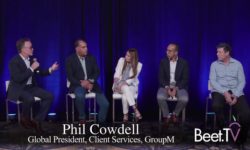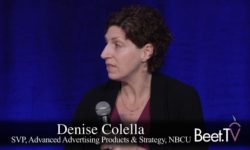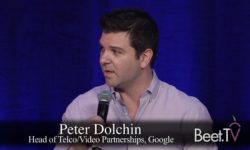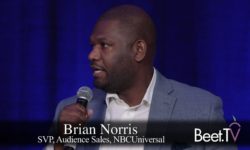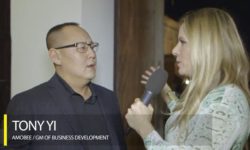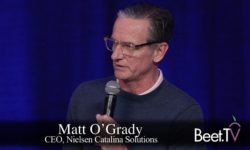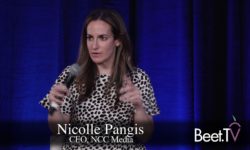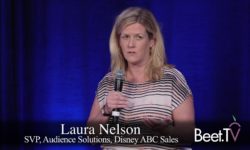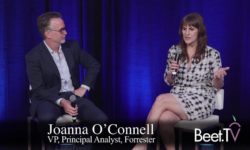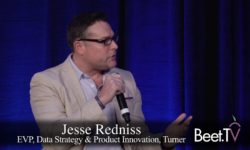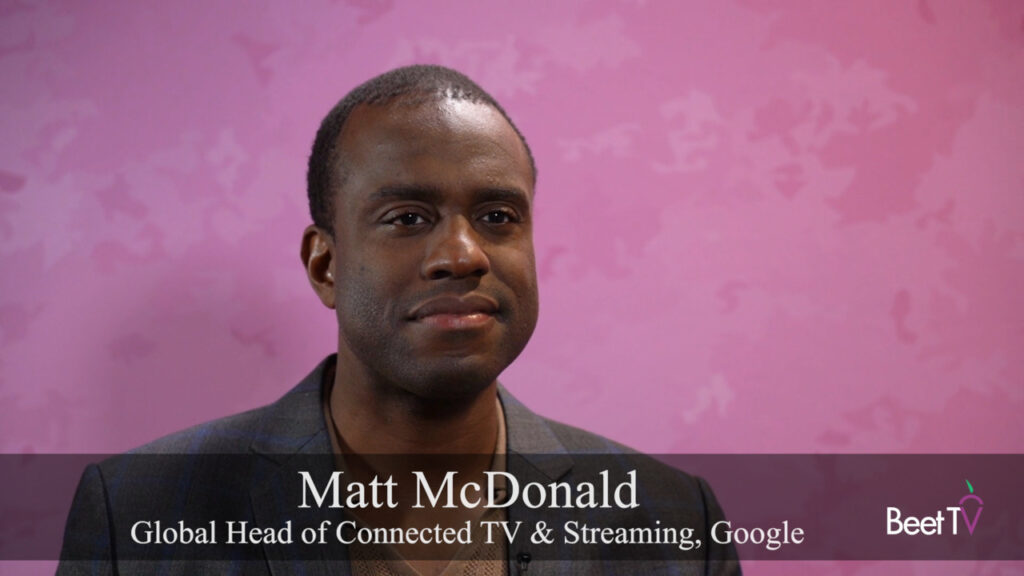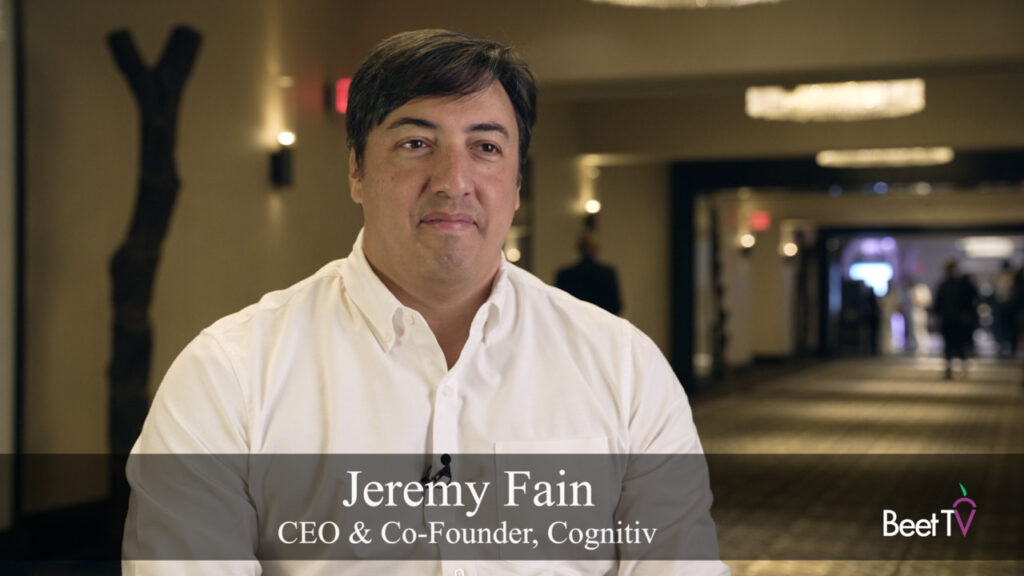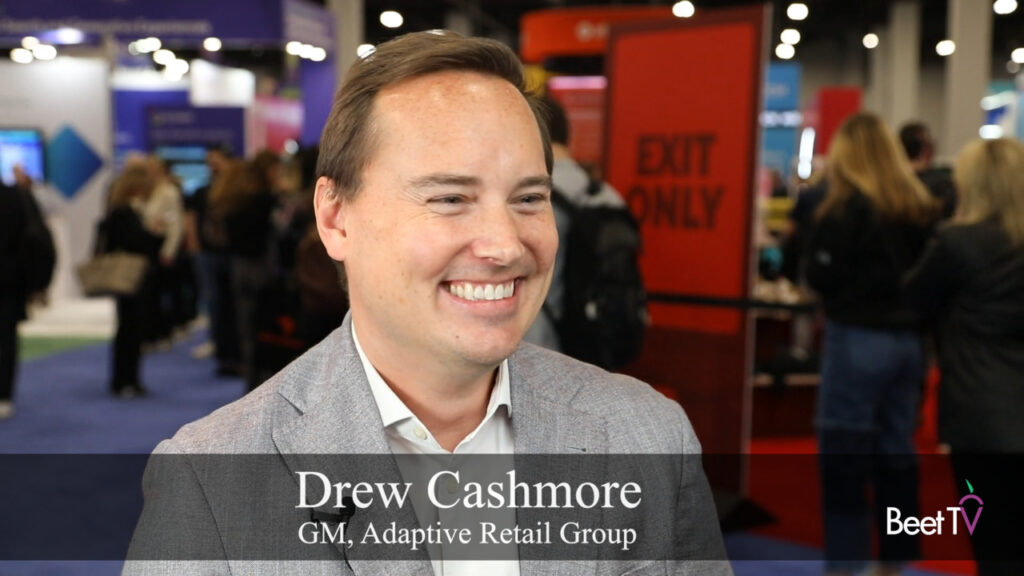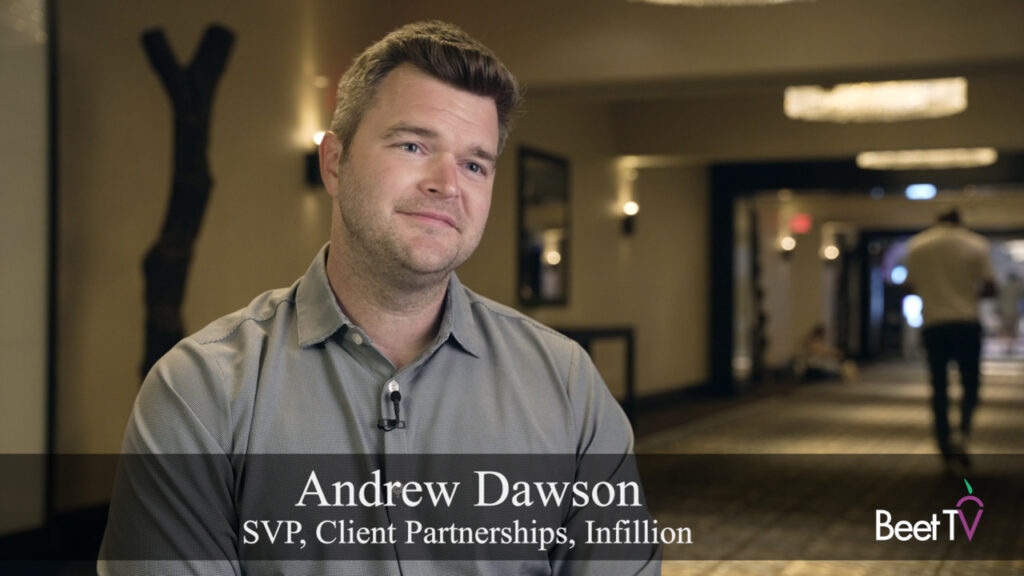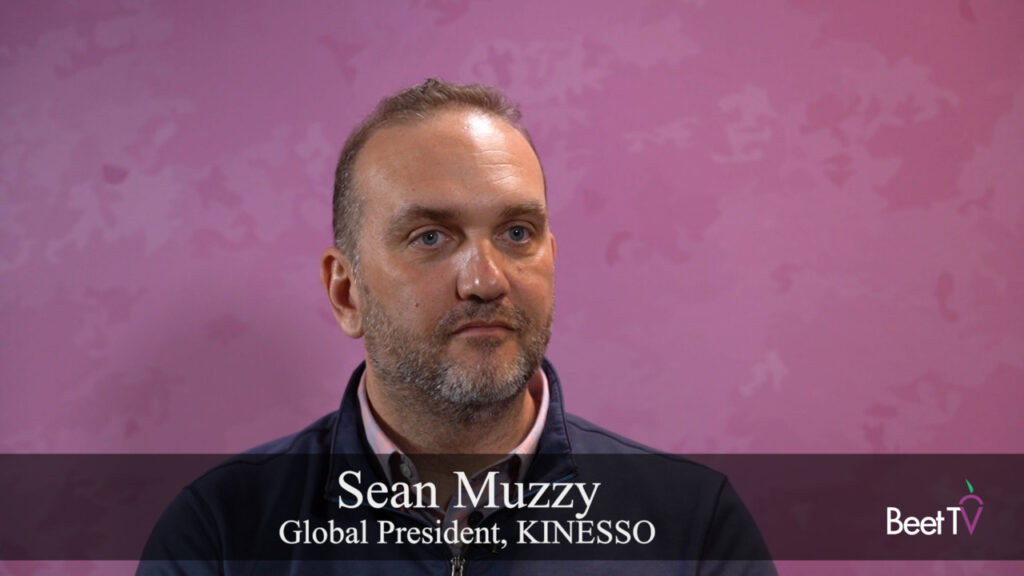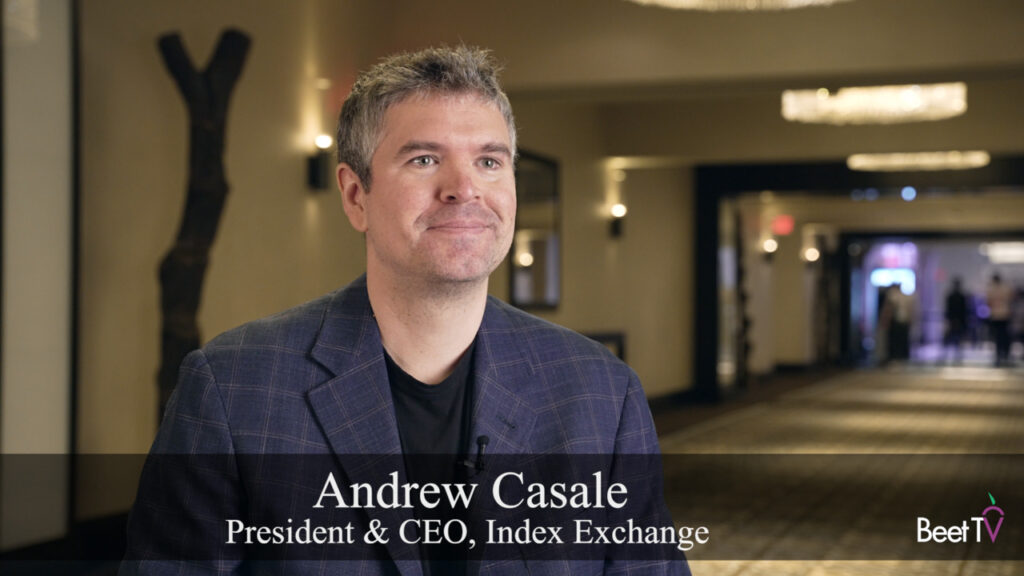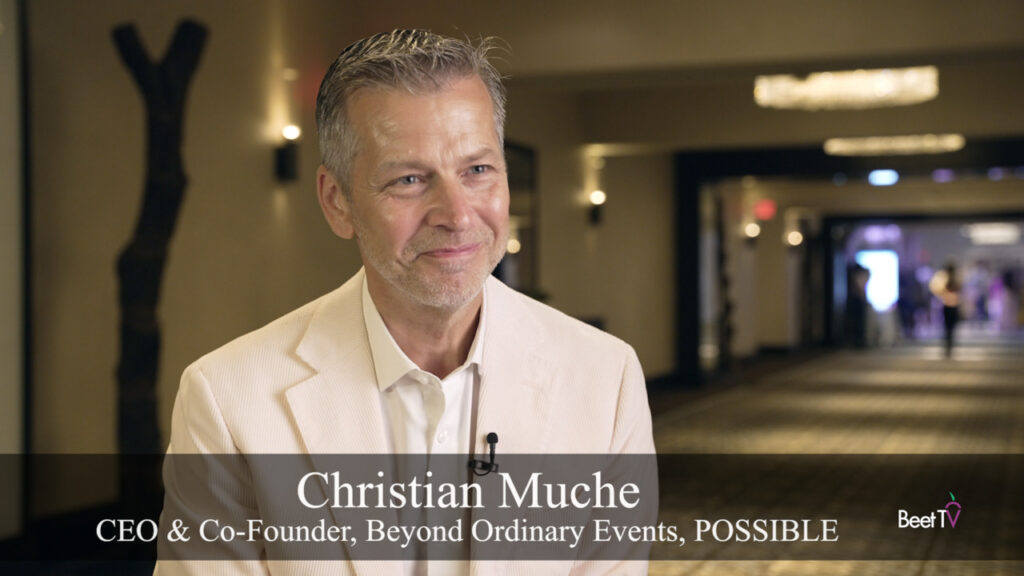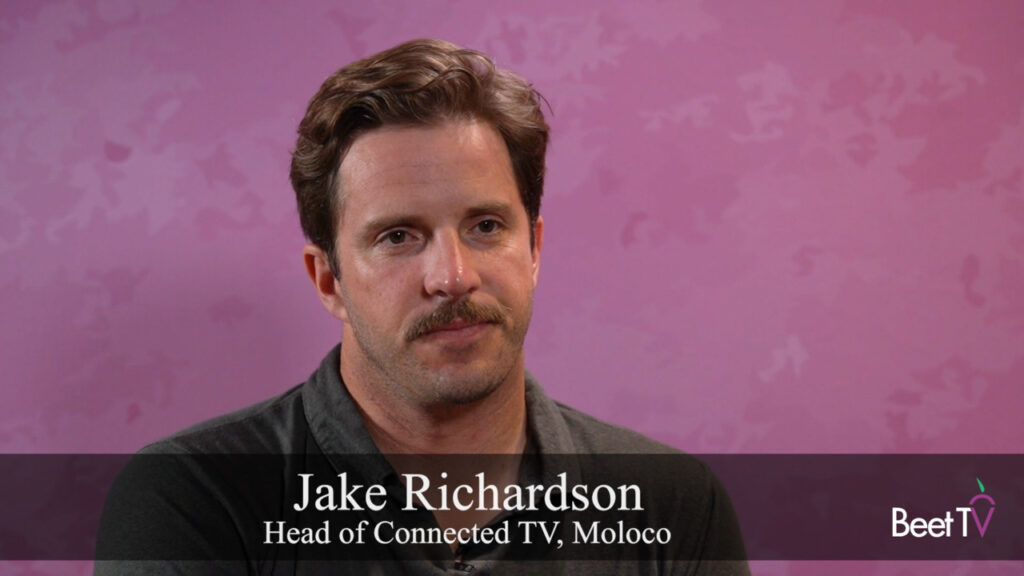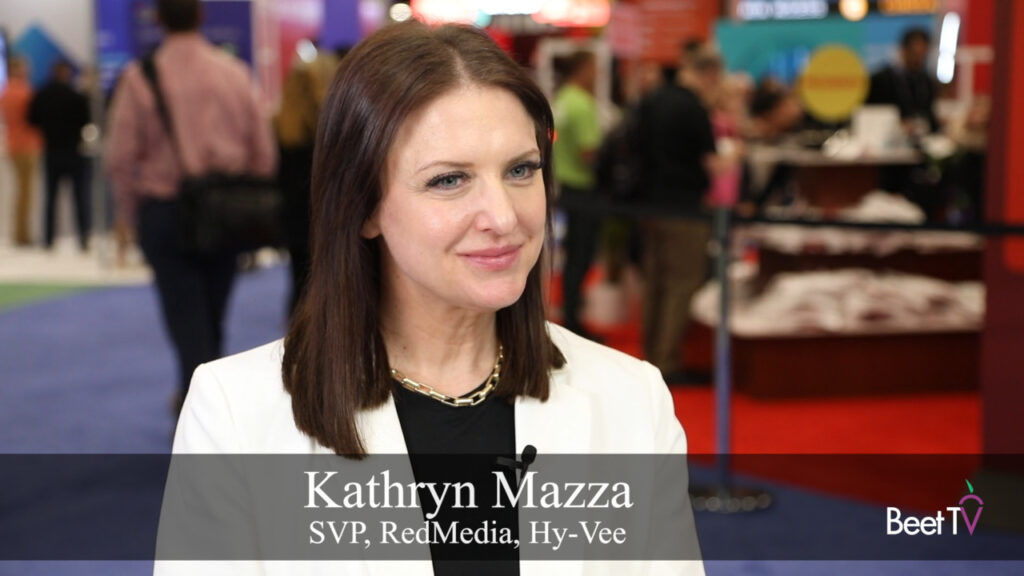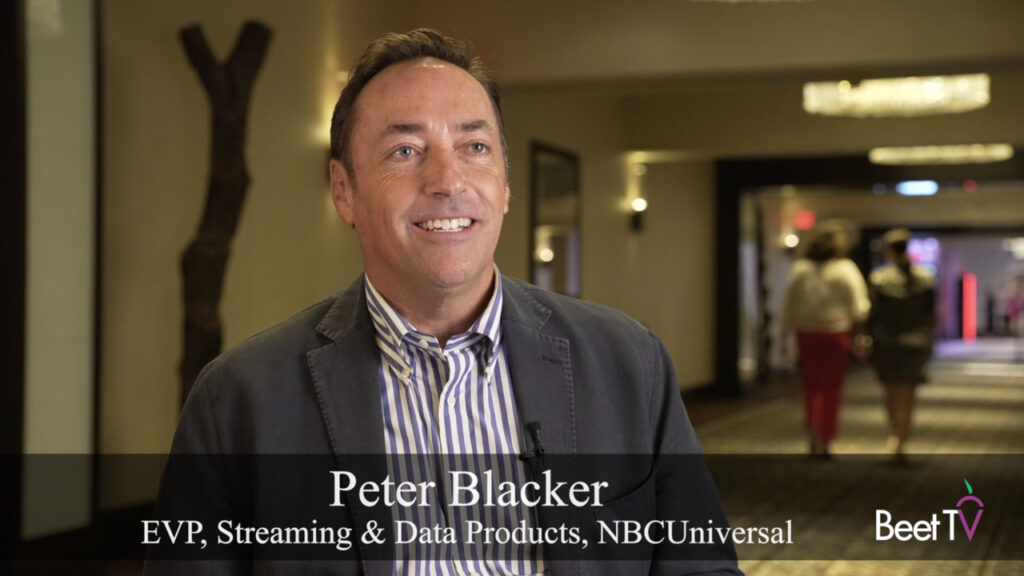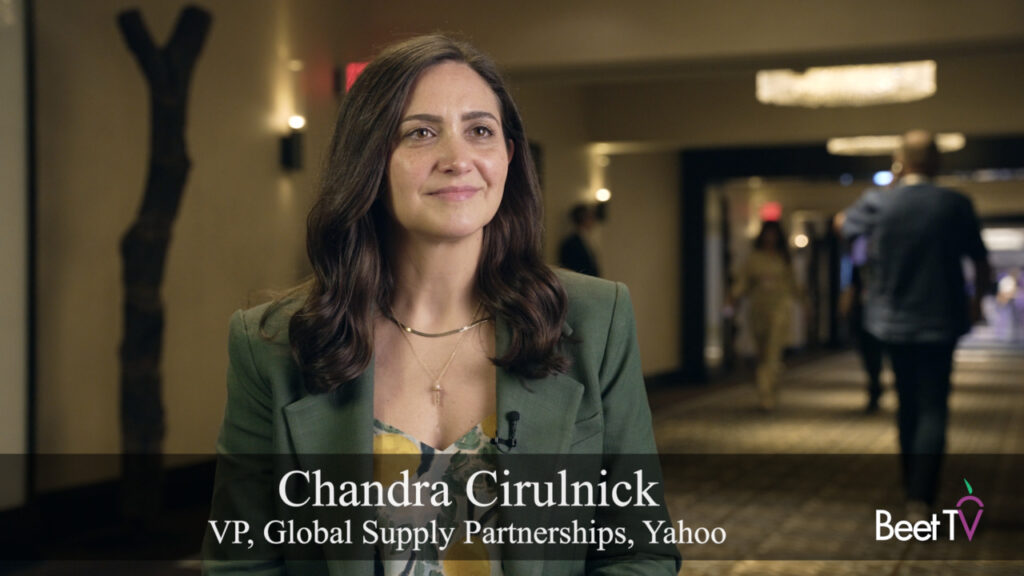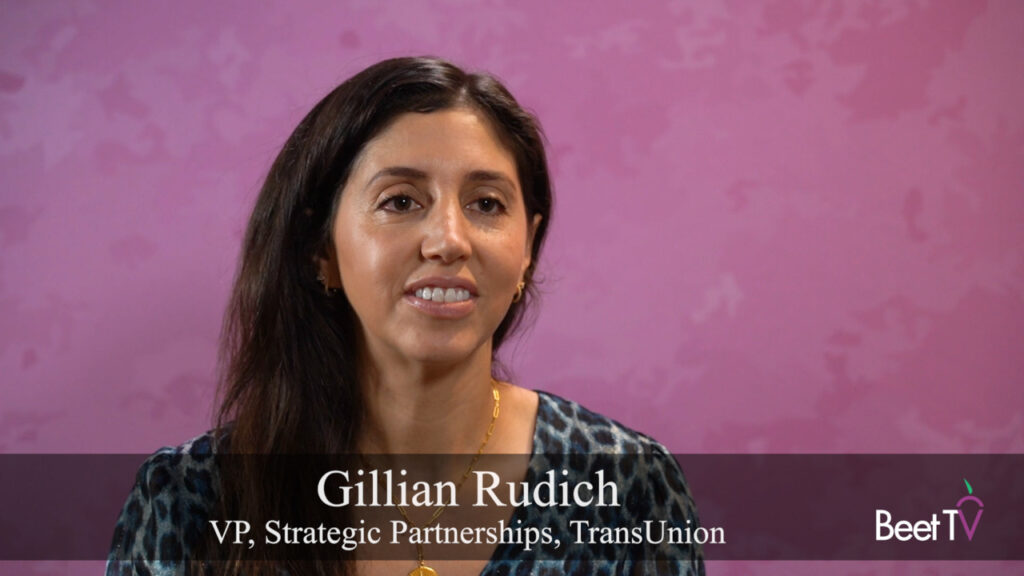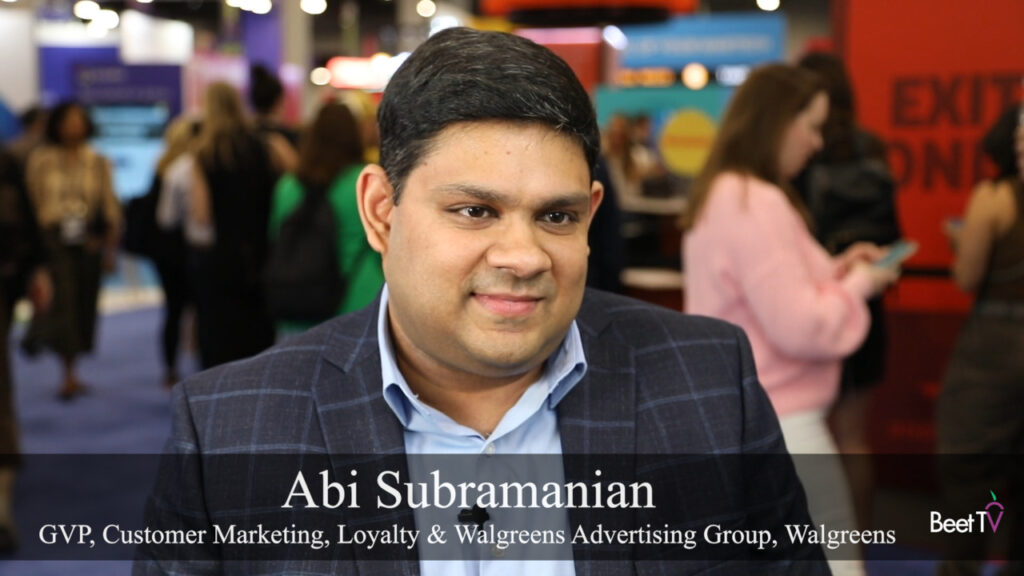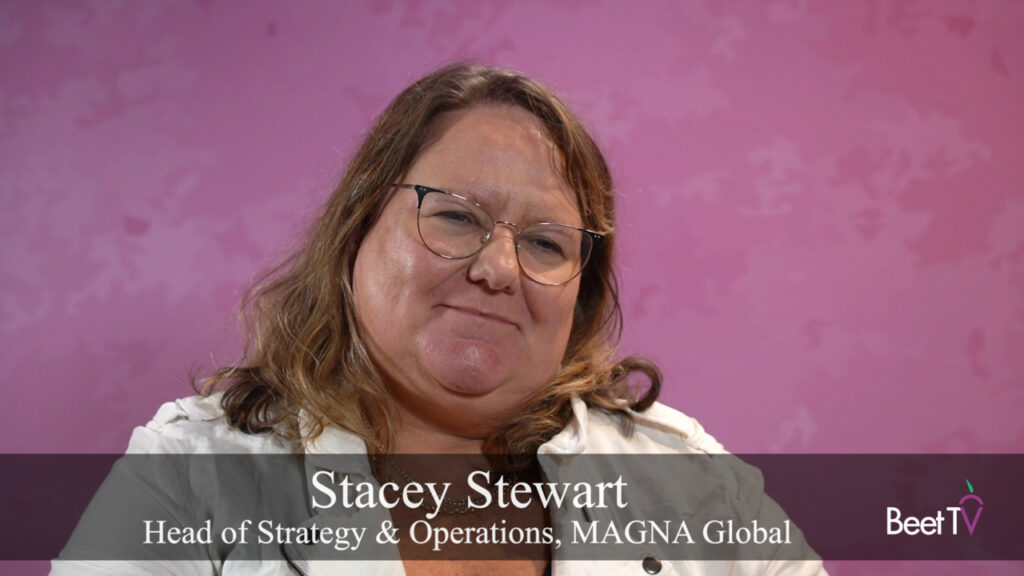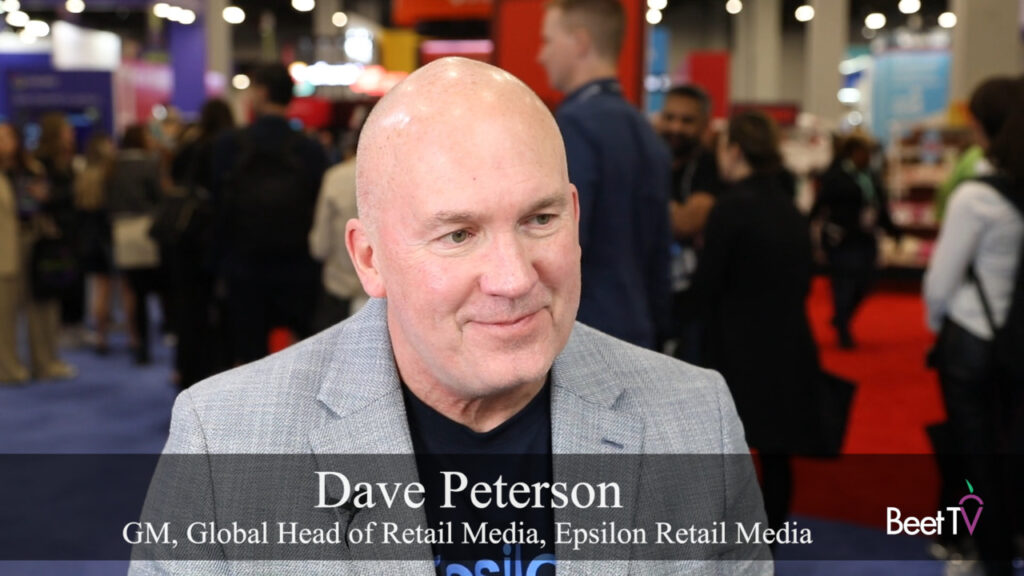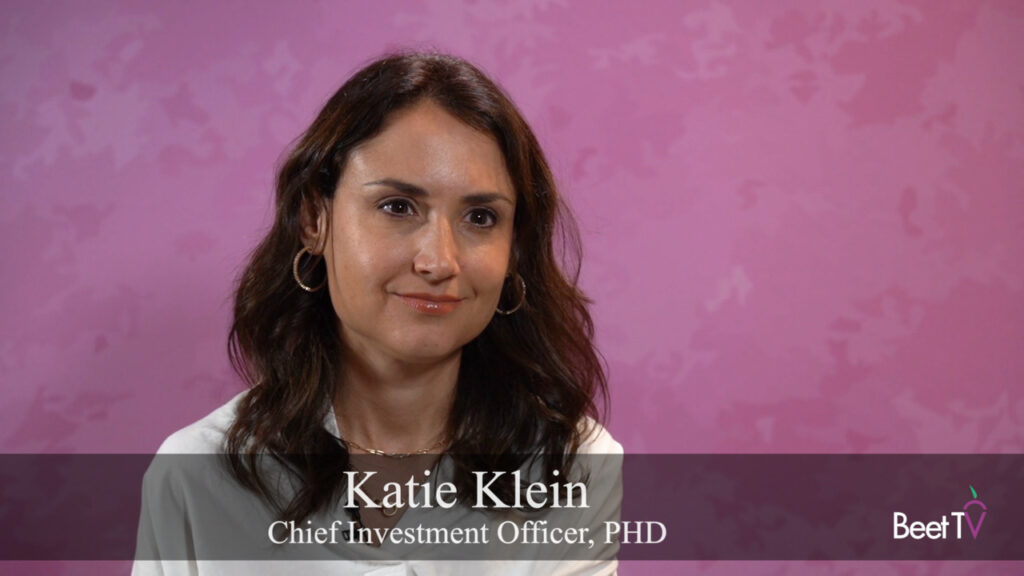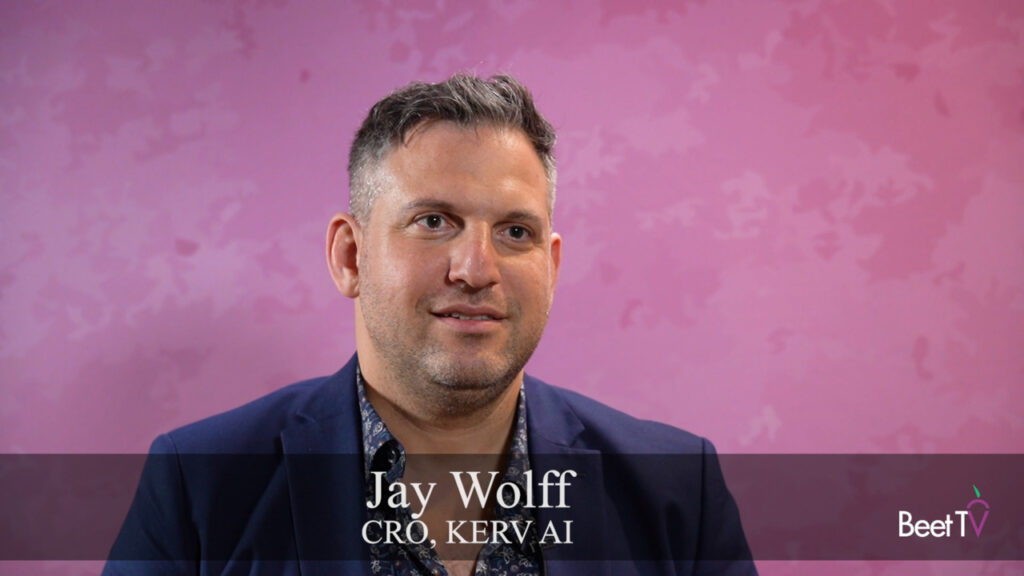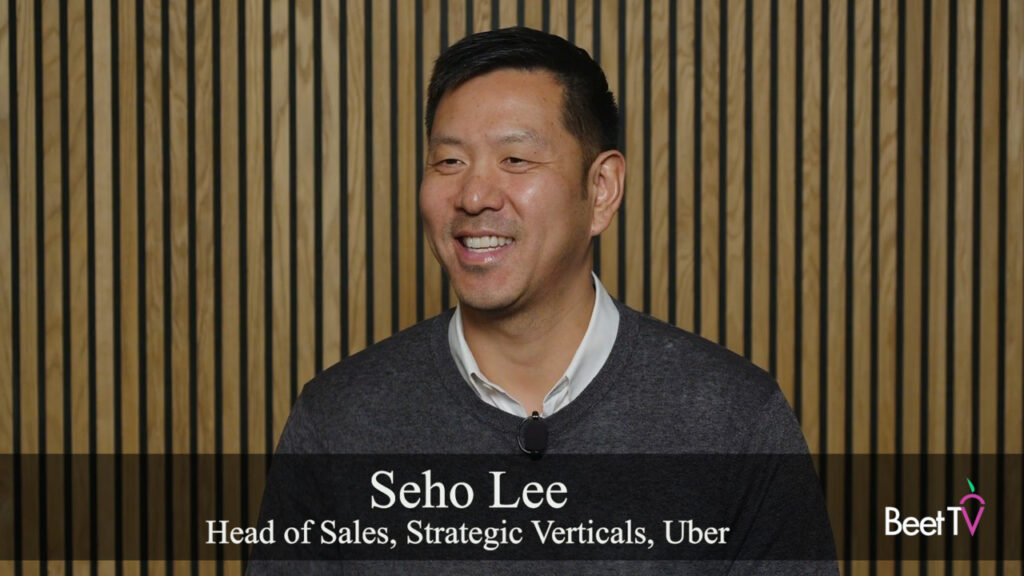SAN JUAN, Puerto Rico—All the first-party television viewing data in the world won’t parse out co-viewing by individual human beings. In the meantime, Hulu is working with third-party providers like Comscore and Nielsen “to get at who are the people who are most likely to be sitting in the room,” says the OTT pioneer’s Head of Research, Julie DeTraglia.
Hulu harvests a plethora of insights from its first-party data, traits that don’t emerge from traditional metrics. “For a researcher and someone who loves television, it’s like a treasure trove of goodies of really interesting types of behavior that emerge when people have complete choice and control over their TV viewing,” DeTraglia adds in this interview at the recent Beet Retreat 2018.
With addressable TV limited to correlation with households or devices, profile addressability remains a longer-term goal, according to DeTraglia.
“For as long as television has existed, it’s been a collective medium where families and friends get together and watch something together. No amount of first-party data is going to measure those viewers in the room at that same time.”
Hulu’s approach is probabilistic, but it’s based on household-level composition data, census-level data from the ads that are being served and meta data associated with viewing.
“So all of that comes together to come up with what we call a viewer assignment model” that shows given a situation, campaign, program genre, time of day, device and household, “this is the most likely scenario of who is sitting in front of that ad at that time.”
In one camp of Hulu clients are traditional advertisers trying to offset the impact of linear TV ratings contraction on their reach and frequency goals by looking to OTT. “And increasingly, even those more traditional advertisers are also experimenting with adding more data to those audience segments or addressability and all that stuff that’s happening now,” DeTraglia says.
In another, more digitally steeped camp are newer brand marketers who have chosen the direct-to-consumer approach. “They start in a digital-specific world where they are buying Facebook and Instagram, display and they’re able to measure that very quickly and with some one-to-one accuracy because it’s also cookie-based environments where they see this person saw the ad, we had whatever conversion.”
That’s a little harder to execute in an OTT environment, “but we’re doing it and we enable those advertisers to take their traditional digital, sort of nascent marketing into more of a storytelling environment,” DeTraglia says.
This video was produced in San Juan, Puerto Rico at the Beet.TV executive retreat. Please find more videos from the series on this page. The Beet Retreat was presented by NCC along with Amobee, Dish Media, Oath and Google.







